Gone But Not Forgotten- The Boat Brands We Loved That Are No More (Part 13)
- Richard Crowder

- Jul 14, 2022
- 7 min read
The Upstart American Spirit Behind Glassmaster, Steury, Imperial, McKee Craft, Duo, & Signa
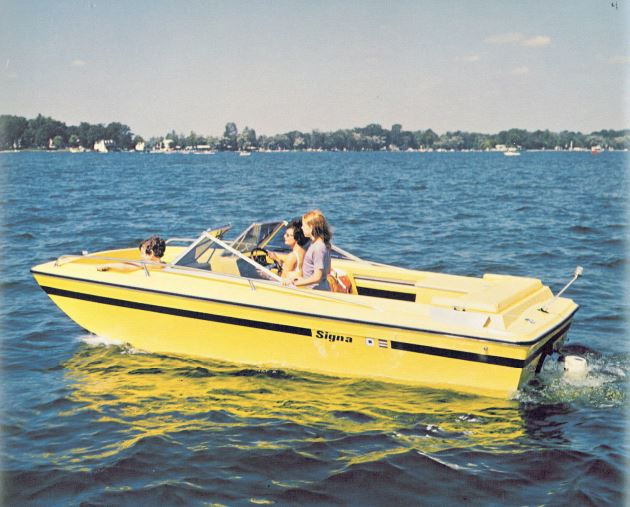
In my over forty years in the pleasure boat industry, there have been literally thousands of boat companies and brand names of boats in North America.
Some of these were and are strictly regional brands not known or recognized in the rest of the continent but many were national and even international brands known to most of us diehard boaters.
It is those well known and recognized brands that are no longer with us that I look forward to examining in this series.
These brand names may still be corporately held in reserve but are not known to currently be in production.
* * * * *
As this series winds down, I want to pay quick tribute to some US brands which many of us will remember but, in some cases, on which very little information is available.
The Glassmaster Plastics Company in Columbia, South Carolina was one of the first companies to experiment with a new material, fiberglass reinforced plastic (FRP), when they began building boats in 1958. Over the next 32 years, they built an average of over 1000 boats per year. They also built specialty boats for the government, and patrol boats for Departments of Natural Resources in several U.S states.
Over the years, Glassmaster excelled at extruding industrial monofilaments including synthetic sewing thread, fishing line, lawn trimmer line, and brush bristles, while the Glassmaster Control Division in Kalamazoo, Michigan produced mechanical and electronic controls, electronic circuit boards, electronic test equipment in addition to marine throttle, shift, and accessories controls.

When the Marine Division was formed, it offered three models of 14-footers and one 17-footer, but by 1960 and for the next 10 years the model range expanded to a dozen models from 14 to 20 feet. An early promotional ad aimed at obtaining dealers revealed that the boats had double bottoms, foam seats, motor wells, and a drain plug.
By the mid-70's, Glassmaster was offering 29 models from 14 to 20 feet in both outboard and sterndrive power from facilities in South Carolina and Oklahoma. Models included specific dedicated fishing rigs, performance ski boats, hardtop models, cuddy cabins, and by the late 80's, an aft-cabin express model at 26 feet.
Production stopped in 1993. In 2005, it acquired Penn Craft of Dorchester, SC. Penn Craft had been building dedicated fishing boats since 2000. In 2007, all six models from 18 to 22 feet were specific fishing models in center console and dual console configurations. In 2007, the Glassmaster Marine Division was purchased by Bentley Industries of South Carolina, makers of Bentley pontoon boats as well as the huge Duracraft Marine, builders in South Carolina of aluminum boats.
Bentley’s plans were to add family-friendly runabouts plus some fish and ski models to the dedicated fishing line of Glassmaster to its US and Canadian network of around 200 dealers. It seems the Glassmaster name disappeared around 2008.
* * * * *

Brothers Bud and Virgil Steury were in the farm fertilizer business, and to occupy quiet winters, founded the Steury Boat Company in a storage garage in Goshen, Indiana in 1956. They started with the normal range of family runabouts and fishing boats and small cruisers up to 18 feet.
Success meant moving to a dedicated boat-building facility in Goshen in 1966. That was the same year that Steury entered the Recreational Vehicle market with two pop-up camper trailer designs. By then, Steury boats had become known for their trademark trailerable 23-foot raised pilothouse tri-hull houseboat. The RV business expanded in the early 70's to include travel trailers and truck campers.
By 1976, Steury offered a staggering 38 boat models from 15 to 23 feet. This included runabouts, hardtops, fishing boats, dedicated bass boats, jet boats, cuddies, cruisers, and the houseboat. The Steury Boat Company was purchased by Chris Craft in the late 1970’s and the Steury facility in Goshen was shut down. The Steury name seems to have disappeared by the early 1980’s.
To chase this a little further, it seems that RV manufacturer Coachman Industries, who also owned Viking, makers primarily of deck boats from 14 to 25 feet, purchased the RV portion of Steury Industries and moved Viking into the vacant boat facility in Goshen. Meanwhile, in the early 80's Chris Craft needed a deck boat line as well as additional manufacturing facilities and purchased Viking from Coachman, as well as the Goshen plant.
The Viking deck boat builder’s name disappeared as Chris Craft put its name onto the resulting deck boats built in the Goshen facilities. Chris Craft apparently also moved production of some of its Cavalier, Scorpion, and smaller Stinger models to the Goshen facilities. This continued until at least the late 1980’s. But the Steury and Viking (deck boat) names were no more. Please note that this Viking boat name is in no way connected with the currently flourishing Viking Yacht company of New Jersey.
* * * * *
There are lots of pictures but almost no reliable information available about Imperial boats of Markle, Indiana, owned as part of ASI (All Seasons Industries). Imperial was building boats in the 14-16 foot range in the early to mid-1970’s and increased their range to include cuddy cabins and express cruisers up to 26 feet into the late 1980’s. The Imperial name seems to have disappeared in the early 1990’s.
* * * * *
In the mid-1960’s, brothers Henry and Lanness McKee together formed McKee Craft Boats in Fairmont, North Carolina. Henry designed a 14-foot open and a 20-foot center console that were the staple models of the company for many years. By 1973, a 17-footer had been added but it was not enough for brother Henry who wanted even bigger models. In 1974, Henry Olson McKee left and formed Henry O. McKee & Sons to build Henry O boats in Bolivia, North Carolina.
Meanwhile, Lanness McKee continued with McKee Craft and was very successful. The company deepened the model offerings to nine models within the same 14-20 foot range. By 1985, this had expanded to 15 models within the same size range and 10 years later, the same number of models but from 14-23 feet. It seems Lanness McKee was content with maintaining the relative status quo.
In 2000, the size range was reduced to encompass 14-18 footers. The big change came in 2003 with the introduction of the all new 28-foot Freedom Center Console. Then in 2005, the 13 model offering ranged from 14-24 feet, plus of course the 28-foot Freedom. By 2008, there were four models of the 28-foot Freedom but it seems it was all for naught as the McKee Craft name disappeared after 2009.
Meanwhile, Henry O. McKee and his four sons started producing their popular 15-foot Challenger model in center console and dual console configurations. Like the McKee Craft, the Henry O was also an inner and outer hull design with close-cell structural foam filling the cavity between the hulls. Henry O designs were deep-V configurations and recognizable by their upward swinging chines with a dramatic S-curve at the bow.

In 1988, Henry O had two versions of the 15 Challenger, plus center console and dual-console versions of a new 17-footer on a wider beam. In 1990, it added a 16-footer as well as three versions of a 22-footer -- a center console, a dual console, and a cuddy cabin, all on a maximum trailerable beam of 8'6". This would be new territory for this builder.
Wanting to retire, Henry O. McKee sold the Henry O boat business to Taylor Manufacturing of Elizabethtown, NC. It continued building the Henry O line of dedicated fishing boats with basically the same model lineup until 1998 when it was cut back to five models from 15-22 feet. In 1999, the lineup expanded again to eight models up to 22-feet and added a flagship 33-foot King Prowler center console model.
I can find no record of Henry O boats after 1999. In the meantime, after the sale of the company to Taylor Manufacturing, two of Henry’s sons formed McKee Custom Boats, which is still operating today by Scott and Annette McKee as a boat service and custom fabrication business in Bolivia, North Carolina.
* * * * *
Vic Porter knew he could build a better boat than the ones he had been selling for another company, so in 1958, with $3000 in borrowed funds, he founded Duo Incorporated in his hometown of Decatur, Indiana. With three employees, he built his first boat, a 14-foot twin outboard-powered catamaran. Marketed under the Duo name, Duo being the Latin word for two, representing of course the two hulls of a catamaran. The model lineup increased steadily, as did sales, and by 1963 Duo’s 30 employees were building 20 boats per week in a new facility. By 1966, sales topped $1 million.
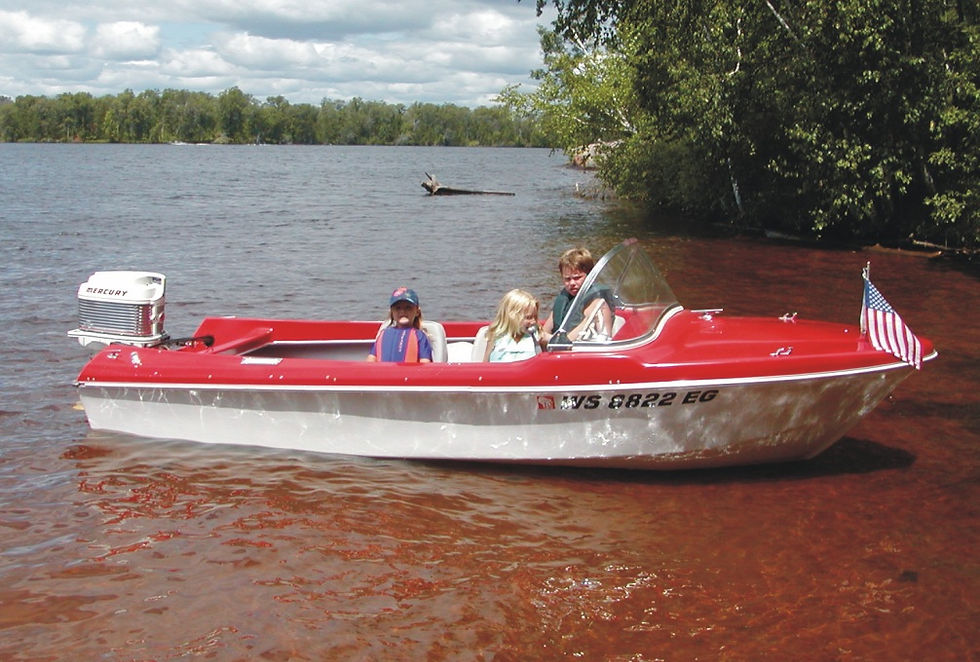
By then they had moved to another new facility over five times the size with almost 200 employees. Truck campers were being made as well as boats. By then, Duo was building tri-hull, cathedral hull, tunnel hull, and mono-hull runabouts and had purchased the Aqua Swan aluminum and Crownline runabout brands. All of them would be built in the Decatur facility. In 1967, Vic Porter sold Duo Incorporated to the huge Bangor Punta Corporation and remained on as president until 1970.
In that same year, Porter stepped away and along with five business associates founded Signa Corporation in Decatur and started building the new brand, primarily sterndrive and outboard powered tri-hull runabouts. With Porter’s solid reputation, Signa had little trouble marketing its boats throughout the Midwest. The company grew, so much so it attracted the attention of Fuqua Industries who had purchased Thunderbird/Formula in 1969.
In 1973, Fuqua purchased Signa and Vic Porter became President of both Signa and Thunderbird/Formula through to 1975. In 1976, Porter purchased Thunderbird/Formula/Signa from Fuqua Industries. He did business under the Thunderbird Products name building both Formula deep-V and Signa tri-hull boats.
The Signa line was cancelled in 1979 at the same time as the Formula name was making headlines. The Formula name is still to this day making headlines from its manufacturing base in Decatur, Indiana. Crownline boats are also still in production under different ownership.
* * * * *
Don't forget to check out:






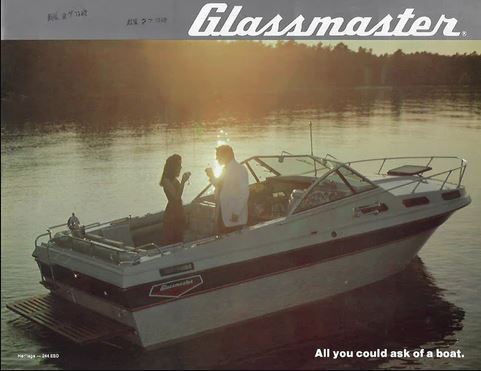













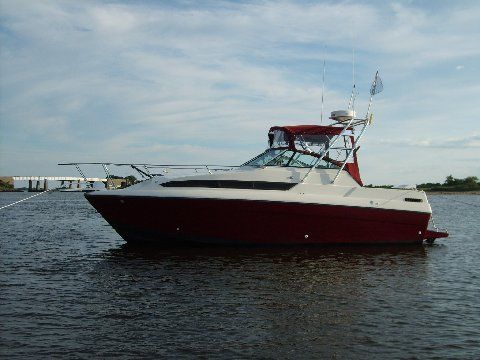























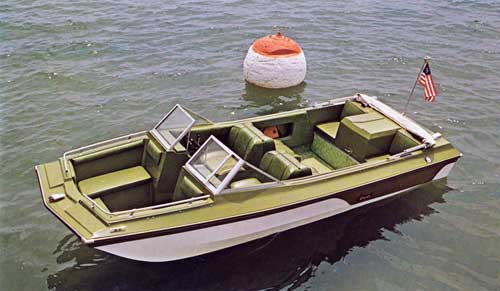

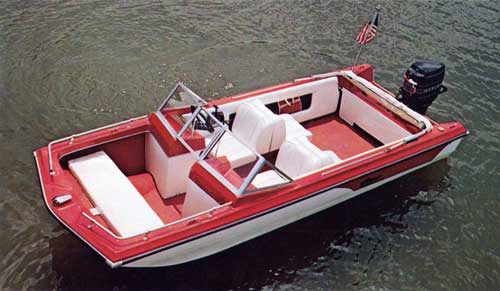























Comments